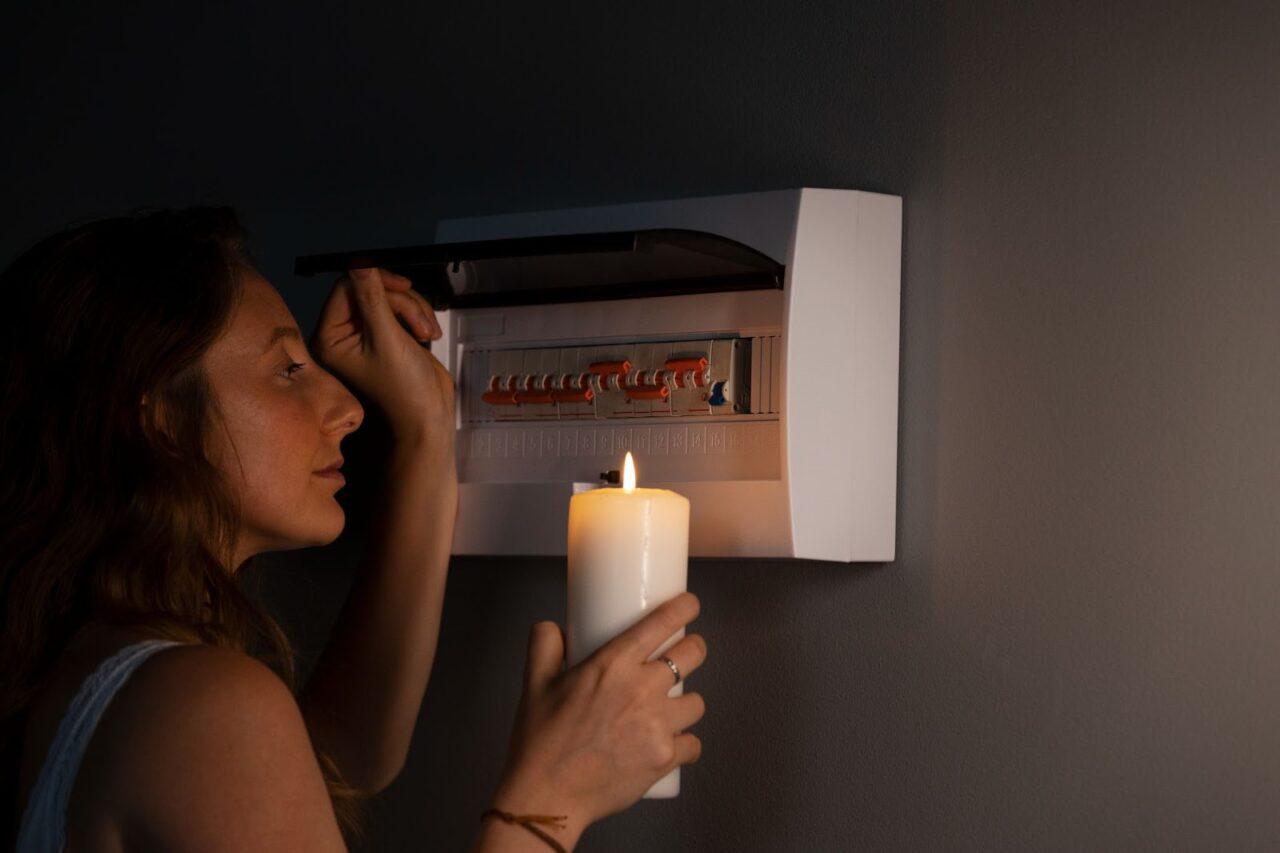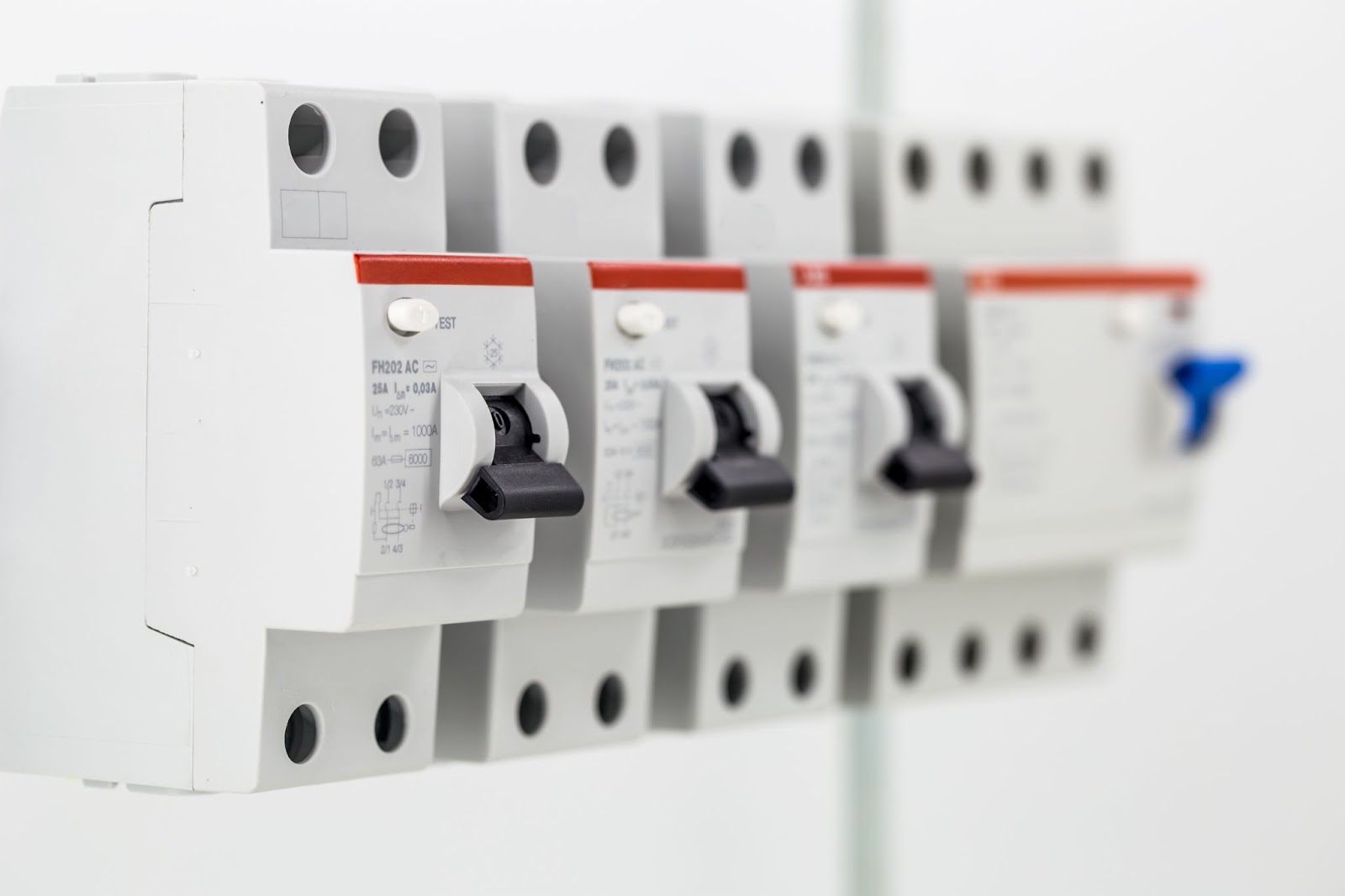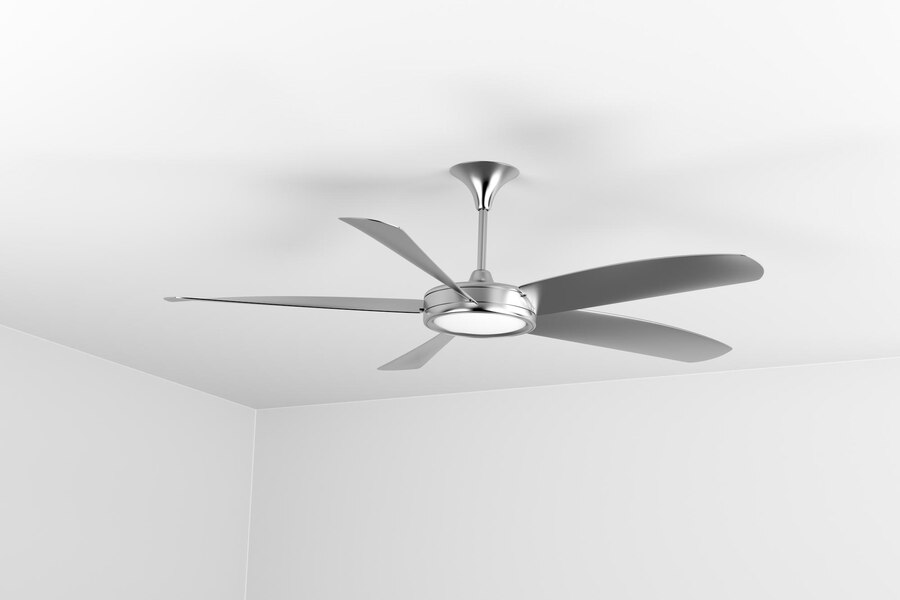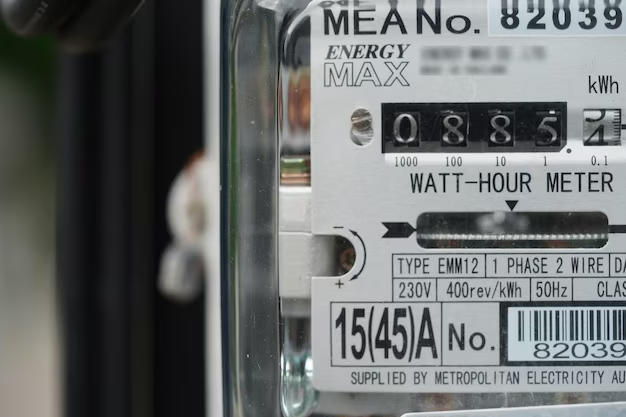Encountering a power outage in a single room while the circuit breaker remains intact can be a perplexing situation. This guide is designed to demystify this uncommon scenario, offering clear explanations and practical solutions to identify and rectify the issue at hand.
Understanding why this happens will equip you with the knowledge to prevent a recurrence and ensure the overall safety of your home’s electrical system.
Power Cut in Single Room Yet Circuit Breaker Remains Intact
Typically, when a power outage occurs, it’s due to a triggered circuit breaker aiming to prevent any potential hazards. Identifying the faulty device and resetting the breaker usually restores normal function.
However, situations may arise where, despite an untripped breaker, power appears to be absent, causing bewilderment. This prompts an essential question: how does one address such a predicament and ensure no serious underlying problems?
This guide offers a straightforward, layman’s explanation of what could be happening.
What could cause a room to lose power?
A single room experiencing a power loss implies an irregularity within its circuit. This malfunction could be due to a triggered Ground Fault Circuit Interrupter (GFCI) or possibly a disconnected wire. A GFCI disruption is a common culprit, although aged wiring can occasionally detach, impeding current flow.
To get this better, a basic understanding of your home’s electrical system is required. Multiple electrical circuits interweave within your house walls, each associated with a particular circuit breaker:
- Distributing your household’s electrical needs across multiple circuits is essential to prevent overloading a single one, which could lead to poor performance or even present a safety risk;
- To achieve this balance, your home’s circuit breaker is typically partitioned. A typical house (unless it’s exceptionally large) will feature one lighting circuit. Power outlets are further divided, often by floors or rooms, depending on the size of your home;
- However, these circuits don’t operate in series. If they did, a single defective outlet or switch would disable everything else connected to that circuit. Hence, they are arranged in parallel, providing independent circuit ‘loops’;
- Consider your lighting circuit – if connected in series, one burnt-out bulb would darken your entire home. Instead, light fixtures are often wired in parallel or grouped, allowing some independence;
- For instance, a blown kitchen downlight might temporarily disable all kitchen downlights until the bulb replacement, but it won’t affect lighting throughout your house.
This context is crucial because a power trip in one room signifies a fault within that room’s circuit loop, regardless of the breaker controlling multiple rooms. This makes it simpler to locate the issue’s origin.

Why did my electricity go out, but no tripped breaker?
If your electricity has cut off without a tripped breaker, the most probable reason is a power outage – but only if it encompasses your entire home. If confined to a single room, a tripped GFCI outlet in that room or a loose wire connection could be the cause.
Yet, the first course of action should be to determine what exactly has gone off. Often, people use a power strip with numerous devices connected:
- If all devices simultaneously cease working, the power strip failure might be mistakenly perceived as an electricity cut;
- If a whole room’s power is out, you’ll need to follow steps to determine the fault’s source and attempt to remedy it;
- If your entire house is affected, it’s best to contact your power supplier or check their website/social media for information on the interruption and when electricity restoration can be expected.
Six Steps to Swiftly Troubleshoot and Resolve the Issue
If you’re confronted with a power loss in a single room with an intact circuit breaker, here’s your action plan…
1. Determine the Power Outage Location
Start by identifying the areas that have lost power. If the issue is with the lighting, inspect all the light switches within the room. If the sockets are the concern, examine every outlet. After scrutinizing the room, extend your check to other rooms to ensure the loss is confined.
If the issue lies with a single light switch, a single outlet, or one strip, then it’s clear where the problem resides. If a strip is the culprit, simply replace it with a new one. If the issue is a non-functional light switch or outlet, proceed to step 4.
2. Reset the Breaker
Despite the breaker showing no signs of tripping, it’s beneficial to try resetting it. This might restore the power. Simply switch the breaker to the off position, wait a few seconds, then return it to the on position.
If this doesn’t remedy the situation, it indicates one of two possibilities – either it’s an isolated case that hasn’t tripped the breaker, or the breaker itself is defective.
3. Inspect Any GFCI Outlets
Modern residences often employ Ground Fault Circuit Interrupter (GFCI) outlets. These outlets function like miniature circuit breakers embedded within themselves.
The primary role of a GFCI is to monitor the grounding of your circuit. If it detects any irregularities that could render the circuit hazardous, it interrupts the current flow, enhancing safety.
While GFCIs are effective safety devices, they are sensitive, and prone to activation even by minor ground faults or transient spikes. This level of precaution ensures your safety and may sometimes simplify the resolution:
- All it takes is to press the reset button on the outlet for a couple of seconds, then release it. This action should reactivate the circuit;
- However, if it trips again immediately, it indicates a more serious ground fault requiring investigation. This could be due to a connected device or a wiring problem;
- To identify the source, disconnect all the devices in the room and try resetting the GFCI again. If it doesn’t trip this time, plug each device back in one at a time to isolate the problematic device.
If the GFCI outlet trips again with no devices plugged in, then it’s indicative of a wiring problem.
4. Inspect the Wiring
If the issue is isolated to one room, and there’s no triggered GFCI on the faulty circuit or it doesn’t allow a reset, it’s time to examine the wiring. While this might sound daunting for electrical beginners, it’s manageable with care:
- Before any electrical work, ensure the supply at the breaker is switched off. Verify you’ve deactivated the correct breaker for safety;
- The next step is to remove the switches – be it light switches (if lighting is the problem) or outlets. By unscrewing the covers, you should be able to access the junction boxes housing the wire connections;
- Examine the wire connections behind the switch for any loose or poorly wound wires around terminals. If you spot any irregularities, you can disassemble the connection, trim the wire back by an inch or so, and reconnect it;
- If everything appears normal, reinstall the switch and proceed to the next one.
Focus only on the light switches or power outlets. Unless a recent wall drilling episode or critters might have damaged wires, it’s unlikely for cables behind the walls to spontaneously develop loose connections.
5. Examine (and Replace) the Switch
Sometimes, the root cause is not a loose wire, but the switch itself. For outlets and standard light switches, you would typically observe issues before a sudden electricity loss – the switch might feel spongy or lose its “click.”
Dimmer switches often pose problems as they can internally fail, possibly due to overloading or general wear and tear. While standard flip switches are less likely to cause a power outage without previous signs of decline, a faulty dimmer switch might be the culprit.
Replacing the dimmer could rectify the problem, even though signs of failure might not be evident.
6. Engage a Professional Electrician
If you’ve ruled out GFCI malfunctions and loose wire connections behind light switches and power outlets, it’s likely you’ve reached the limit of what you can resolve independently:
- At this point, it’s probable that a hidden wire has been compromised and needs replacement, or there’s a serious underlying fault that should trigger the circuit breaker but isn’t;
- Both scenarios may require significant work, both for identifying the issue and rectifying it. Your circuit breakers may require replacement, a task unsuitable for an inexperienced person. It’s crucial to address this swiftly, given the safety role of circuit breakers.
Faulty breakers can’t limit current flow if a device on the circuit malfunctions. Consequently, the device might draw excessive power, a frequent cause of electrical fires.
Bottom Line
A power outage in a single room is typically attributed to a GFCI fault. Issues with loose wiring don’t usually appear suddenly; instead, they manifest as deteriorating device performance or sporadic light flickering prior to a complete power loss.
It’s also possible to misinterpret the problem, thinking it’s more widespread when it’s just one power strip or switch malfunctioning. Therefore, always start by examining these components.
Most of the time, you’ll be able to troubleshoot and solve the problem independently. However, there will be instances when professional intervention is necessary. It’s crucial not to cut corners here, considering the potential danger of electrical fires. Only embark on a DIY fix when the task is straightforward, and you’re confident in your abilities. And remember, safety first – always ensure the power is off before you start any work!








